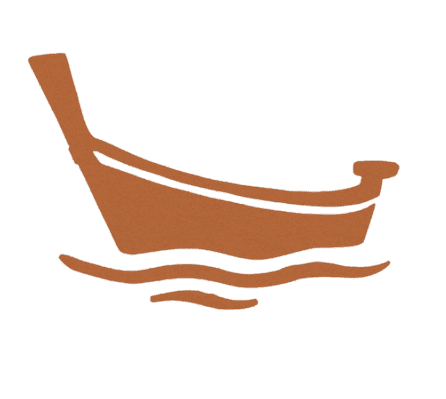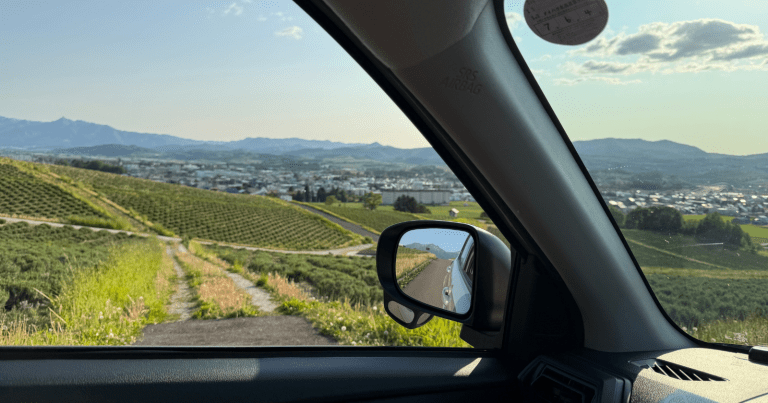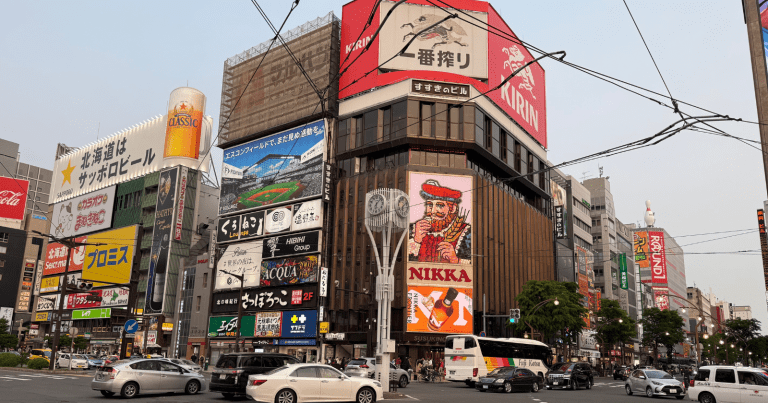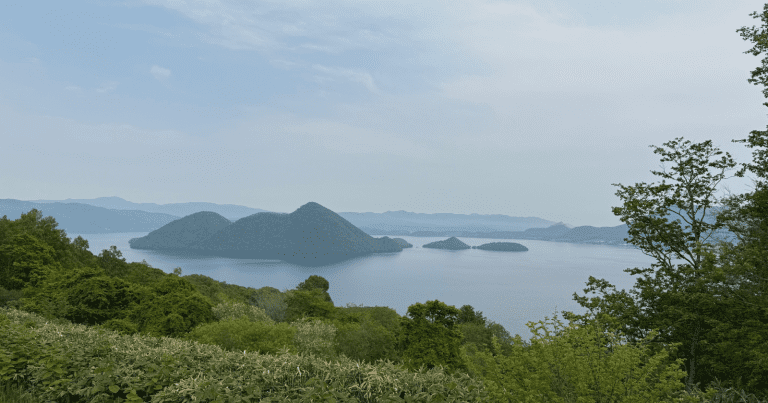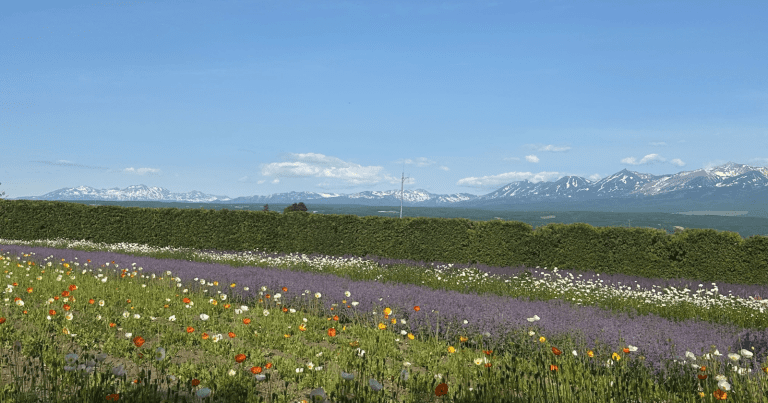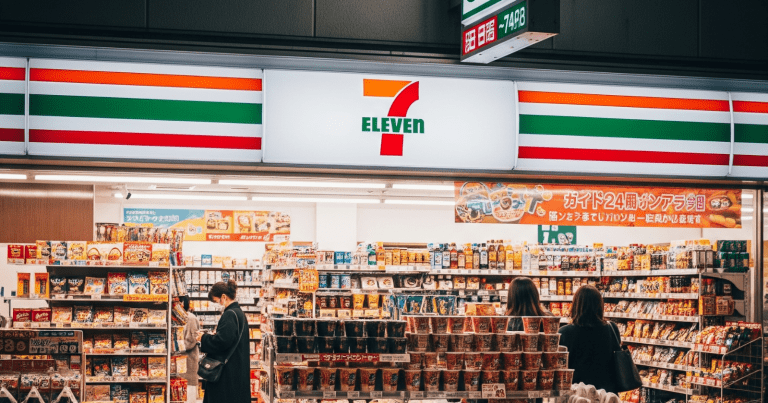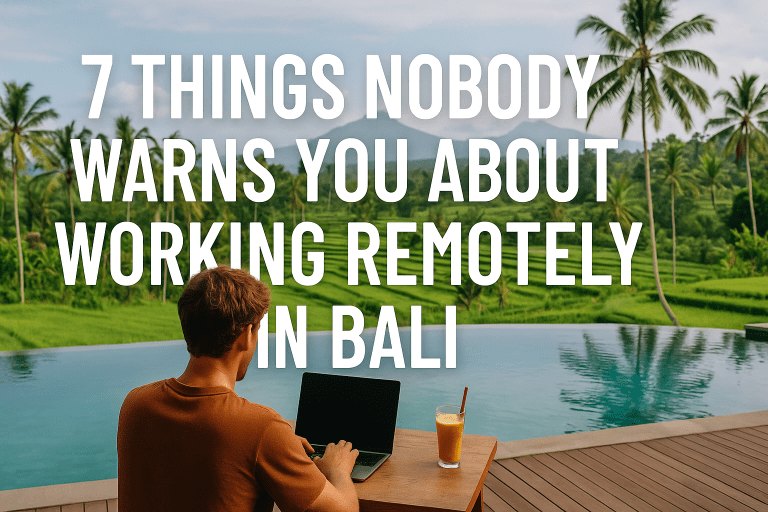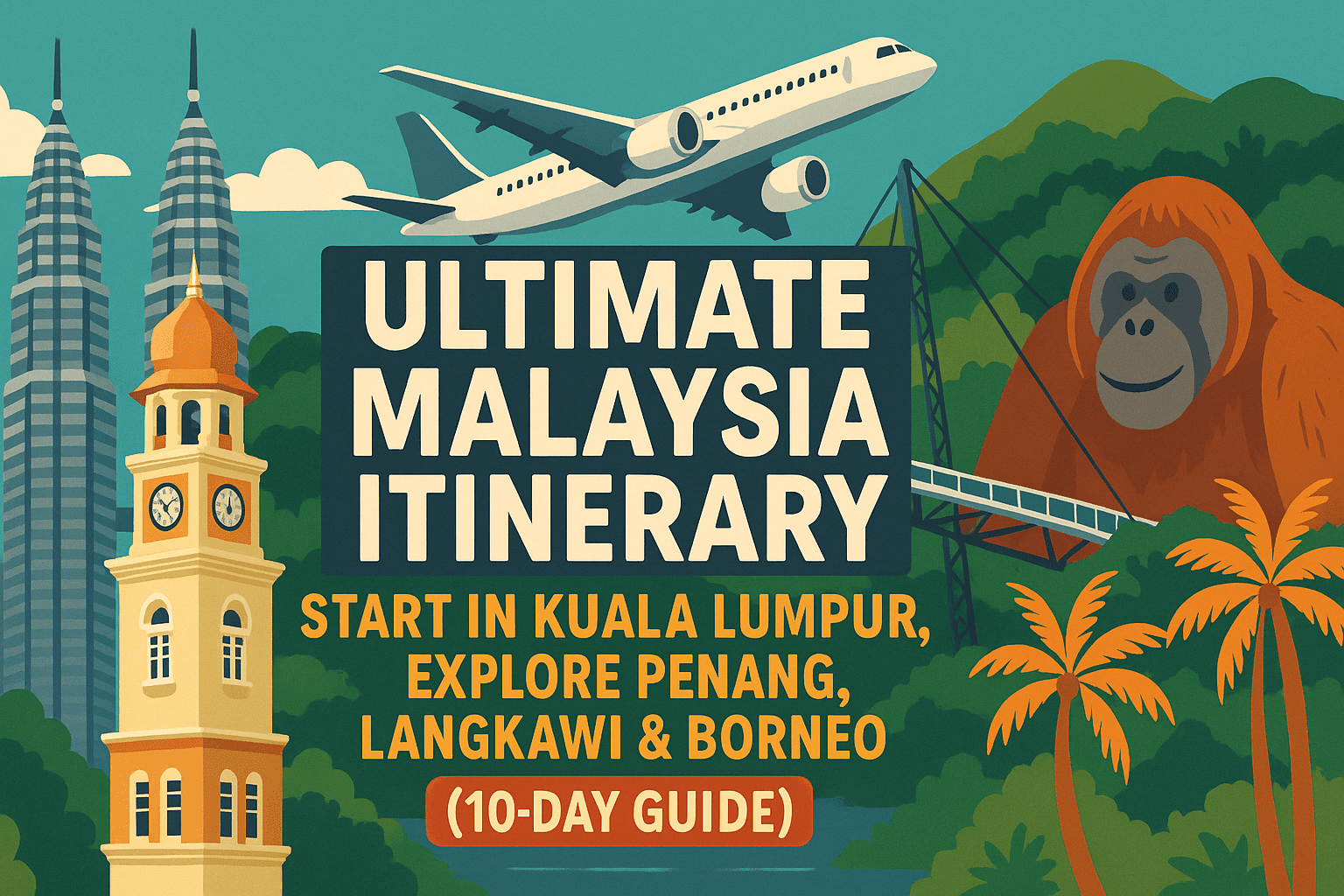
Listen up, fellow adventurers. You’ve got 10 days, a burning desire to see Malaysia’s highlights – from bustling cities and historical islands to beach paradises and wild Borneo – and maybe not a ton of cash to burn or time to waste. This isn’t your grandma’s slow-paced tour. This is about hitting the ground running, seeing the incredible diversity Malaysia offers, and doing it smart. Forget generic guidebooks; we’re diving into the nuts and bolts of making the Ultimate Malaysia Itinerary: Start in Kuala Lumpur, Explore Penang, Langkawi & Borneo (a 10-Day Guide) happen without the usual tourist headaches or budget blowouts.
Pulling off a multi-stop trip like this in just 10 days requires strategy. It means maximizing your time, knowing the best ways to get around, and spotting value where others miss it. By the end of this, you’ll have a concrete plan and the insider know-how to navigate flights, ferries, city transport, and local life like you’ve been here for years, not days.
Navigating the Malaysian Maze
The biggest challenge with this itinerary is the sheer geography. You’re hopping continents, essentially, moving from the Malay Peninsula to the island of Borneo. Time is your most precious resource, so flying isn’t just an option – it’s a necessity for efficiency. Forget scenic train rides or overnight buses for the long hauls; they’ll eat up too much of your precious 10 days.
The Flight Formula: You’ll need multiple flights. Think: KL to Penang (or vice versa), Penang or KL to Langkawi, and crucially, Peninsula (KL is the most direct hub) to Borneo (we’ll focus on Kuching, Sarawak for accessible culture/nature). Book these flights in advance, especially the Peninsula-Borneo leg, using budget carriers like AirAsia or Firefly, but always compare prices with Malaysia Airlines too. Skyscanner or Google Flights are your friends here. The key to budget flying is booking early and being strict with baggage allowance – more on that later.
Ground Game – Mastering Grab: Once you land, getting around locally is simple: Grab. This ride-sharing app is ubiquitous, reliable, and significantly cheaper than negotiating with regular taxis who might try to inflate prices, especially at airports or popular tourist spots. Download the app before you arrive, ideally setting up your payment method. From KLIA airport, the KLIA Ekspres train is the fastest way into the city center, but for many other journeys within cities and to/from smaller airports, Grab is king. Always confirm the price in the app before the driver starts the trip – that’s your agreed fare.
Penang & Langkawi Specifics: In Penang’s Georgetown, you can walk to many key areas. For anything further afield (like Kek Lok Si Temple or Penang Hill), Grab is easy. On Langkawi, Grab works well but can add up if you plan to explore extensively. If you’re comfortable and have the correct international motorcycle license, renting a scooter for a day or two offers flexibility and can be more cost-effective for exploring beaches and scenic roads. Negotiate rental prices, but make sure to inspect the bike and take photos before agreeing. Always wear a helmet – it’s mandatory and smart.
“Travel is fatal to prejudice, bigotry, and narrow-mindedness.”
Savvy Traveler Anecdote: I once thought I could save a few bucks taking a slower bus/ferry combination from mainland Malaysia to Langkawi instead of flying on a tight schedule. Big mistake. Delays mounted, connections were missed, and half a day was wasted waiting around ferry terminals instead of being on the island. Since then, for any non-local journey on a limited timeframe in Malaysia, I factor in the cost of a budget flight. Time truly is money when you only have 10 days.
Experiencing Each Stop Like a Local (Mostly)
Fitting in major diverse locations means you need to be efficient with your exploration. Don’t try to see absolutely everything; focus on experiencing the *essence* of each place with a practical eye.
Kuala Lumpur (Days 1-3): Urban Navigation & Food Focus. KL is a transport hub. Use the LRT and MRT lines to zip between key areas like KLCC (for the obligatory Petronas Towers photo from the outside – save your money on going up if on a budget) and Bukit Bintang (shopping, food, nightlife). For finding authentic food, ditch the tourist trap areas around Bukit Bintang and explore neighborhoods like Brickfields (Little India) or Jalan Alor (famous food street, but can be touristy – look for stalls packed with locals) or hunt down specific hawker centers recommended by local blogs. Use Grab to reach these food havens directly. Consider using the free GoKL bus service for getting around the main tourist/business districts, though routes can be confusing initially.
Penang (Days 4-6): Georgetown’s Layers & Culinary Deep Dive. Fly from KL to Penang (PEN airport), a short hop. Georgetown is a UNESCO site best explored on foot. Use the street art map not just for photos, but as a fun way to navigate the core heritage zone. Penang is a food paradise; this is where you eat your way through the days. Don’t be shy – join the queues at busy hawker stalls. Look for places serving iconic dishes like Char Kway Teow, Asam Laksa, or Hokkien Mee. The New York Times has highlighted Penang’s food scene, and they’re not wrong – it’s world-class street food. Ask locals or read food blogs for the *current* best spots; popularity shifts. For accessing attractions outside Georgetown, like Penang Hill or Kek Lok Si Temple, Grab is the most practical option unless you want to figure out the local bus system (possible, but slower).

Langkawi (Days 7-9): Island Vibes & Smart Spending. Fly from Penang (or potentially KL) to Langkawi (LGK airport). Langkawi is a duty-free island. This means alcohol and chocolate are significantly cheaper than elsewhere in Malaysia – a savvy traveler knows this! Pantai Cenang is the main tourist beach strip, but explore others if you rent a scooter. The SkyBridge and SkyCab are popular; go early to avoid queues. For tours (island hopping, mangrove tours), book directly at Kuah Jetty or Pantai Cenang outlets, not through your hotel, for better pricing. Many Southeast Asian islands offer budget-friendly options, and Langkawi, while sometimes pricier than others, has deals if you look.
Borneo (Day 10): A Taste of Sarawak’s Wild Side (or Sabah). This is your final leg. Fly from KL (most likely) to either Kuching (KCH) in Sarawak or Kota Kinabalu (BKI) in Sabah. Given the tight schedule, focus on accessible natural/cultural highlights near the city you land in before your eventual departure flight. Kuching is a great option for a short visit. Semenggoh Wildlife Centre (for orangutans) is a must-do and easily reachable by Grab or a short tour. The Sarawak Cultural Village offers a condensed look at the state’s diverse ethnic groups and is also relatively close to the city. Book entry tickets online if possible to save time. This isn’t enough time for deep jungle treks, but it’s enough to feel the distinct difference from the peninsula.
Stay Connected: A local SIM card or an eSIM is non-negotiable for this trip. You need data for Grab, Google Maps, checking flight statuses, and finding those hidden food gems. Buy one upon arrival at the airport (usually slightly more expensive but convenient) or at a mall/convenience store from major providers like Celcom, Maxis, or Digi. Ensure it includes enough data for navigation and app use. Navigating airports in Asia can be tricky, but having a working phone helps immensely.
Pack Smart, Travel Faster: With multiple flights, especially budget ones, baggage fees are a real threat to your budget. Aim for carry-on only if possible. Pack light, quick-dry clothing. A universal adapter is essential. A power bank will be your lifeline for keeping your navigation tools charged. Traveling light is key, whether you’re a tourist or a digital nomad thriving on a budget.
Insider Moves & Avoiding Pitfalls
Beyond the transport and sightseeing, a savvy traveler understands the subtle art of local interaction and preparation.
Bargaining Etiquette: In Malaysia, bargaining is common at markets (like street markets or some souvenir stalls), but always done politely, with a smile, and never aggressively. Have a price in mind and be willing to walk away. Do NOT bargain in restaurants, modern shops, or on Grab rides – prices are fixed. Know the difference.
Cultural Sensitivity: Malaysians are generally welcoming. Basic Malay phrases like “Terima Kasih” (thank you) are appreciated. If visiting religious sites like mosques, dress modestly (shoulders and knees covered, women may need a headscarf – often available at the entrance) and be respectful. Remove your shoes before entering homes or certain shops/establishments.
Common Pitfalls & How to Dodge Them: Before Grab was widespread, taxi scams were common. Now, sticking to Grab eliminates most of this risk. Be wary of unsolicited help at transport hubs or tourist sites. Politely decline and keep moving. If someone approaches you offering an unusually cheap tour or gem deal, it’s likely a scam. Trust your gut. Always double-check change given to you, especially at busy markets.
“Do not follow where the path may lead. Go instead where there is no path and leave a trail.”
Resources for the Road: While this guide gives you the structure, things change. For the most current info on transport or specific local spots, check recent traveler forums (like on TripAdvisor or Reddit’s r/Malaysia subreddit) or specific travel blogs known for up-to-date reporting. Download offline maps (Google Maps allows this) of each area you’ll visit – essential when your data connection is spotty. For finding those super local eateries, looking up specific hawker center names on Google Maps and checking recent reviews/photos is often more reliable than broad searches. For a taste of local food culture, exploring street food scenes is always recommended.
Final Takeaway
Executing the Ultimate Malaysia Itinerary in just 10 days is ambitious but absolutely achievable with the right approach. Your success hinges on strategic flight planning, mastering Grab for local transport, and focusing on efficient, authentic experiences at each stop.
Remember the core principles: prioritize speed over scenery for inter-state travel, leverage technology (Grab, offline maps, SIM/eSIM), eat where the locals eat, and always pack light. This trip isn’t about leisurely soaking in every detail, but about experiencing the incredible diversity of Malaysia smart and fast. You have the tools now to make it happen.
Go forth, travel smarter, and enjoy the wild ride across Malaysia!

